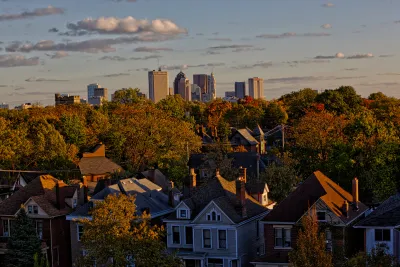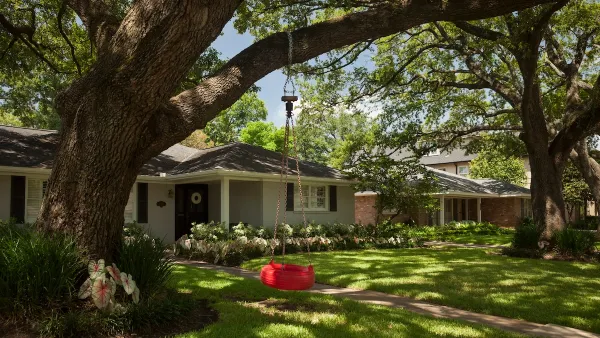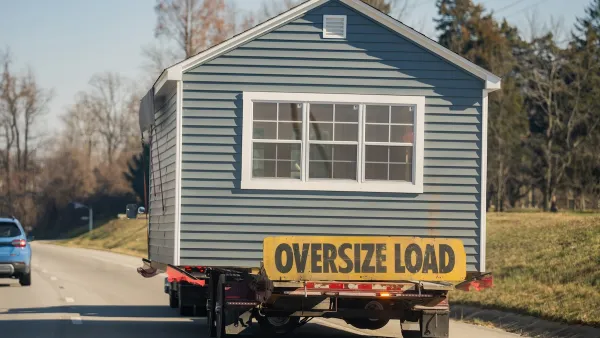An Ohio land bank adds to its developing power through a community land trust.

Miguel Lopez Perez rented his first apartment as an undergraduate student in Columbus, Ohio, in 2004. He remembers his first rental—a two-bedroom that cost around $600 monthly. When he decided to pursue a Ph.D. program in biochemistry at Ohio State University, his last rental was a two-bedroom duplex that cost $1,200 monthly in 2020. Homeownership was something he had never experienced. His parents had always rented when they moved to the United States, whether they lived in California or in Ohio. “We get stipends as students, but it’s not anywhere near the kind of money that would allow me to think seriously about being a homeowner,” he says.
But his life as a tenant changed in 2020. While casually browsing Zillow, he came across a newly constructed single-family home listed as an “income-restricted” property at $185,000. The label caught his eye because it was such a new house. “I thought there had to be an additional catch,” Lopez says.
After a little research, he found there wasn’t a gimmick. The house was built by the Central Ohio Community Land Trust (COCLT), a 501(c)(3) organization created in 2018 as a subsidiary of the Central Ohio Community Improvement Corporation (COCIC), Franklin County’s land bank formed in 2012. The home he was looking at was part of a plan by local authorities to integrate homeownership into its affordable housing solutions in Franklin County, of which Columbus is the county seat.
While it’s very common for local governments to start a land bank, and smaller grassroots groups to form land trusts, the all-in-one structure is rare. The Center for Community Progress highlights this subsidiary model in its report on land bank and land trust partnerships.
In the traditional real estate market, homebuyers are expected to make a down payment, often 20 percent of the purchase price, and be approved for a mortgage. The median price of a home in Columbus, Ohio, is about $250,000, meaning a downpayment is around $50,000. In a typical mortgage, a homeowner repays their home loan to the bank to own the property in its entirety. In a typical equity model, if a homeowner is halfway into their 30-year mortgage, they own 50 percent of their property. By the end of their mortgage, the home is theirs.
See source article to continue reading.
FULL STORY: When a Land Bank Starts a Land Trust

Analysis: Cybertruck Fatality Rate Far Exceeds That of Ford Pinto
The Tesla Cybertruck was recalled seven times last year.

National Parks Layoffs Will Cause Communities to Lose Billions
Thousands of essential park workers were laid off this week, just before the busy spring break season.

Retro-silient?: America’s First “Eco-burb,” The Woodlands Turns 50
A master-planned community north of Houston offers lessons on green infrastructure and resilient design, but falls short of its founder’s lofty affordability and walkability goals.

Test News Post 1
This is a summary

Analysis: Cybertruck Fatality Rate Far Exceeds That of Ford Pinto
The Tesla Cybertruck was recalled seven times last year.

Test News Headline 46
Test for the image on the front page.
Urban Design for Planners 1: Software Tools
This six-course series explores essential urban design concepts using open source software and equips planners with the tools they need to participate fully in the urban design process.
Planning for Universal Design
Learn the tools for implementing Universal Design in planning regulations.
EMC Planning Group, Inc.
Planetizen
Planetizen
Mpact (formerly Rail~Volution)
Great Falls Development Authority, Inc.
HUDs Office of Policy Development and Research
NYU Wagner Graduate School of Public Service




























